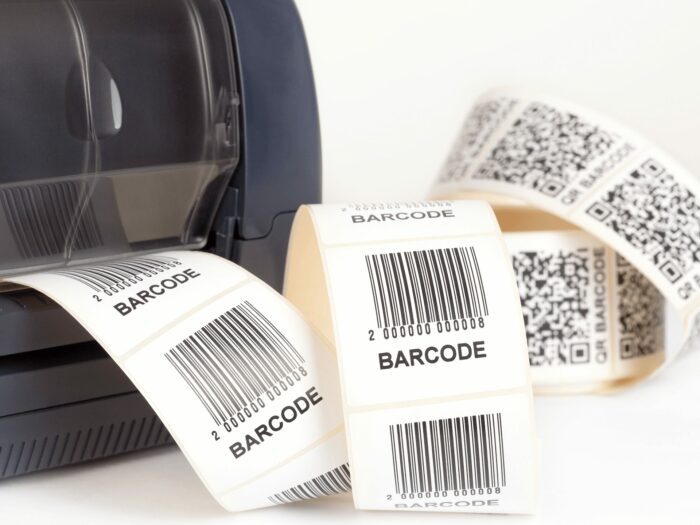Tel: +86-13338615851
Email: 13338615851@189.cn
Email: 13338615851@189.cn
Add: Room 512-513, Building A-3, Green Window Business Plaza, Building A3, Greenland, No. 5 Jinlan Road, Nanjing, Jiangsu, China
Views: 0 Author: Site Editor Publish Time: 2025-03-12 Origin: Site










How do thermal transfer ribbons work? The image made by a Thermal Transfer Printer appears when the ink from a thermal transfer ribbon contacts a heated print-head and is then transferred onto a substrate. What happens is that heat from the print-head melts the ink on the ribbon and releases/transfers the ink directly onto the substrate. These printers use a special ribbon, often abbreviated to TTR.

Thermal Transfer Ribbons are mostly used for printing variable information. This particularly concerns the information for identification, such as barcodes, batch codes, and expiry dates. Printing with this method is preferred when a durable result is needed, for example against heat, chemicals, sunlight, and abrasion. In addition, It works well in making highly durable non-variable information, such as warning signs.
Printing with Thermal Transfer Ribbons is a proven technique to deliver durable variable codes, such as barcodes, that always read or scan. It produces dense, high-resolution images in colour or black and white. Additionally, it can be used on a wide variety of substrates. Images made with these ribbons are highly resistant to chemicals and extremely durable. The printers work at high speeds and require little maintenance. Thermal Transfer Printing is a direct technique, meaning that there is actual contact between the ribbon and substrate at the moment of ink transfer, ensuring minimum distortion and the best possible print result.
Thermal Transfer Printing is a method where heat is used to transfer ink from a ribbon onto a substrate. For a good thermal transfer print, the right amount of heat needs to be applied to the ribbon. When the heat settings are incorrect, the print might not be good. For instance, when the temperature is too high, the ribbon might break. That’s what we call ribbon breakage. Different types of ribbons require different amounts of heat. This is what we call the print sensitiv
It is important to realize that a proper combination ribbon and substrate is needed for the optimal print result. The material that is printed influences how well the ink from the ribbon is transferred to the substrate and fixed to the surface. It is, therefore, necessary to consider material characteristics of the substrate, including the smoothness of the surface, when selecting a ribbon for a certain application. DNP is constantly testing new ribbon-substrate combinations. With our ribbon finder you can easily see which ribbons work well with a certain substrate. we have also dedicated a page to the specifics of TTR printing on different materials. DNP recently introduced the Versatility Series, these ribbons are specifically designed to print on the widest range of different substrates.